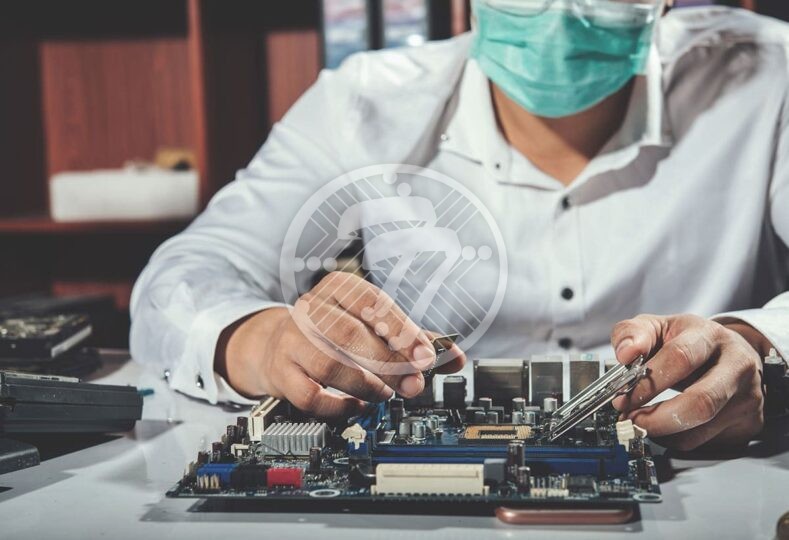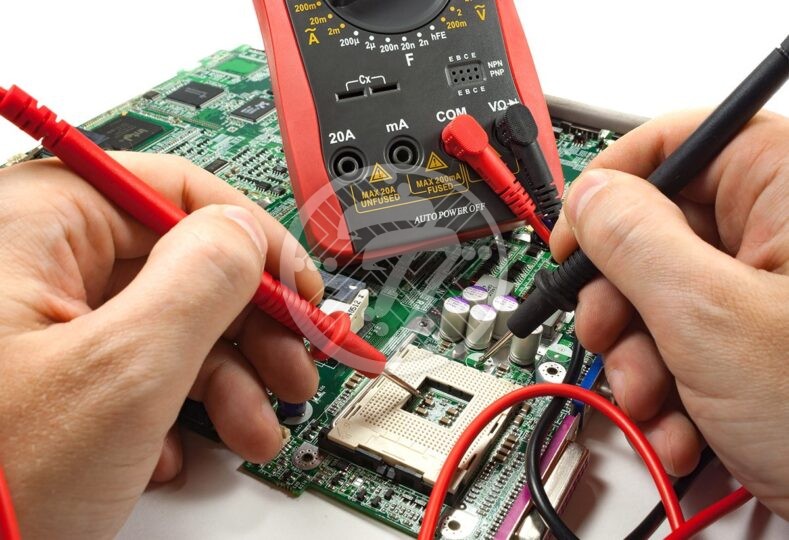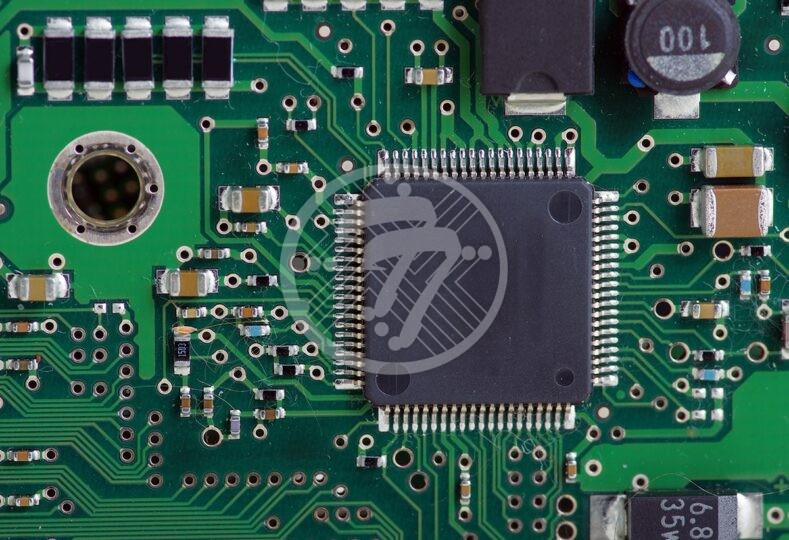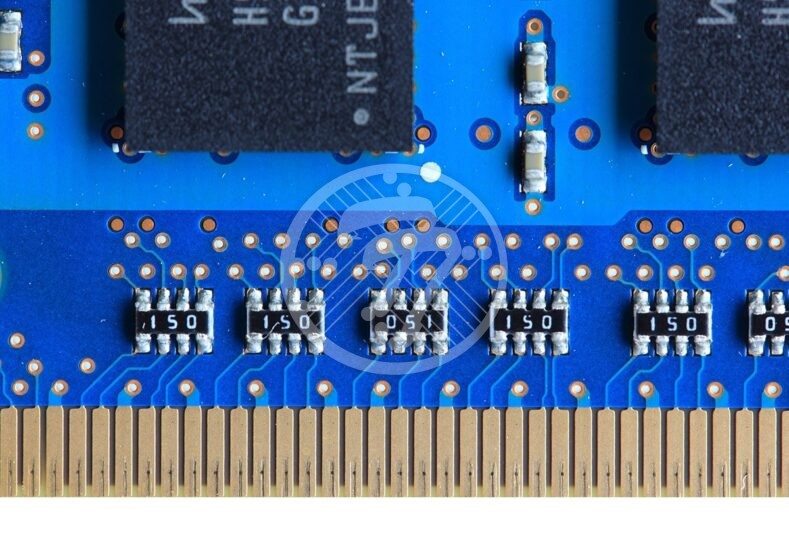Reduce the cost and make PCB manufacturing process faster using DFM

DFM or Design for Manufacturability, is a process of arranging the PCB layout such that future issues with the fabrication and assembly process of the PCB are minimized. DFM therefore can be said to comprise of both Design for Fabrication as well as Design for Assembly.
Till some time back DFM was thought to be a domain of operation for either the PCB fabricator or the assembly engineer. However increasingly DFM is becoming an essential component of the pcb layout Flow. Not without reason- primary among them being:
- The reduced cost of finished PCBs
- The possibility of design failure
- Maintaining the overall design intent
While in the short run, designs that do not have the cost of checking for DFM defects are seen to be cheaper, there is a long-term price to pay. To ensure that a design that has DFM issues comply with the manufacturing process can turn out to be far more costly. If the issues were detected in the pcb layout stage, they could have been corrected at a far lower cost. In fact with high speed PCB in particular, lack of communication between PCB designers and the manufacturing team can lead to a whole lot of costly failures during manufacturing. Added to this there is also the aspect of time to market since quality products are often taken for granted and being the first to take these quality products to the market offers the real competitive advantage.
There are a number of typical DFM issues which can escape detection in the CAD system but can lead to failure in the real-world scenario.
Some of these typical PCB DFM issues include:
- Acid Traps- Acute angles that allow acid to build up in the fabrication process
- Slivers-Wedges that can peel off and expose copper
- Starved thermals-Isolated plane connections
- Missing clearance pads
- Copper that is too close to the edge of the board
- Missing solder pad masks
The following example scenarios can further help clarify the importance of PCB DFM:
Scenario 1
A certain PCB designer reduced the pad size in order to match the trace width. This seemingly innocuous step however led to a number of complications as the reduction violated the IPC rules. This in turn led to the issue of tombstoning where one end of the component was detached from the copper pad and started to resemble a tombstone, leading to a reduced yield.
Scenario 2
Solder masks not used in between pins by mistake by the PCB designer resulted in solder shorts between the pads of the filter. Also the use of vias extremely close to the pads caused the solder to wick and cause tombstoning. While in this case a recommended land pattern from the manufacturer was used, the recommendations however weren’t for production but for low volume prototyping.
Both the above examples could have benefitted from DFM to avoid costly mistakes at the manufacturing stage. In fact that is the very premise of DFM- that it helps designers design a product and help manufacturers figure out how to manufacture it, while keeping a close eye on the product costs. DFM is known to improve the product’s produceability, testability, inspectability, designability and serviceability. PCB Manufacturing costs can be reduced extensively if the product design does not have to be altered at the mass production stage. In fact the cost to change the design is said to be inversely proportional to one’s ability to change over time. This is what is popularly also known as the Design Dilemma. DFM on the other hand addresses products costs early instead of having to do expensive reiterations in product designs at later stages.
Doing a DFM analysis until some time ago was extremely costly with both the software and the hardware coming at a high cost. Its rate of adoption, therefore, was extremely low. These days, however, with more and more DFM tools being made available at low price points, it is far easier to deploy them. They are also far easier to use by the design engineer even though he isn’t the manufacturing expert. In fact they can even set different sets of rules for different manufacturers.
The key check for a good DFM is that it ensures that the design performs well and that it can be manufactured without adding to either the cost, risk or the time of manufacturing, all of which are crucial for its success. For the same, DFM relies on reducing the number of parts as well as their assembly time. In fact the emphasis is on making simpler designs that focus on both quality and reliability. Companies using DFM also have lower capital equipment cost as they typically land up using their machinery more efficiently. With shorter production times as well as fewer later stage engineering changes, DFM is clearly the need of the hour.
At Technotronix, we are fully equipped to handle your PCB manufacturing requirements. With over 4 decades of experience in PCB manufacturing as well as assembling PCBs with differing levels of complexities, we follow industry best practices to ensure we deliver cutting-edge products. Our team of experts and state-of-the-art equipment ensures that all our PCBs meet the industry standards of quality and testing. It is our vast portfolio of satisfied clients that stand as the biggest testimony to our success. In case if you have any questions, please feel free to contact us via email at sales@technotronix.us









